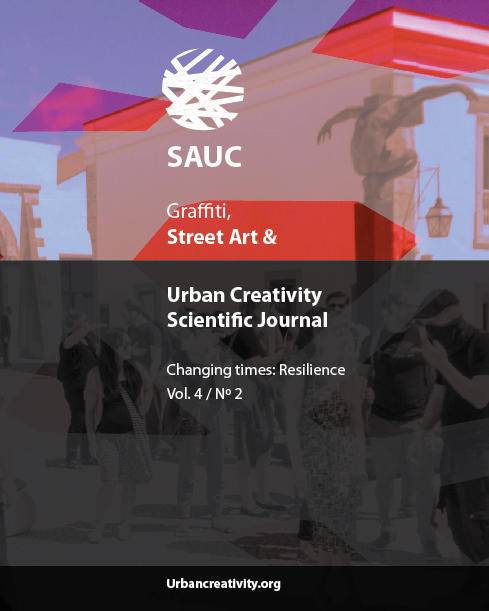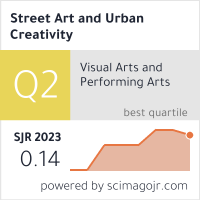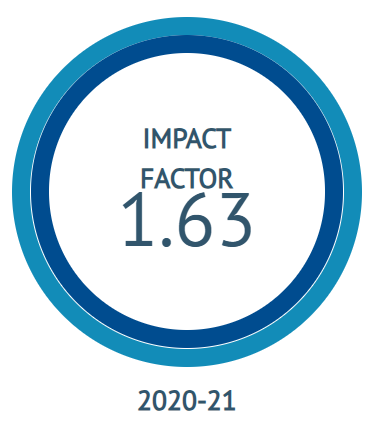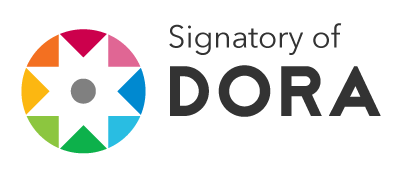Resilience and adaptability through institutionalization in graffiti art:
A formal aesthetic shift
DOI:
https://doi.org/10.25765/sauc.v4i2.140Keywords:
institutionalization, aestheticization, graffiti, graffiti art, white cube, institutions, neutralization, censorship, formal aesthetic shift, resilience, adaptability, urban references, tag, style writing, graffiti code, abstractionAbstract
The subject of this paper is the institutionalization of graffiti art. It examines the contextual and formal aesthetic shifts of graffiti within the urban space to graffiti art exhibited in art institutions. The goal of this paper is to demonstrate the adaptability and resilience of graffiti art within an institutional framework conducted by formal aesthetic shifts within the art works. Graffiti is always in the verge of the institution and seems challenging to integrate into the institutionalized framework. The significance and contextual change entering the white cube causes several effects such as neutralization, aestheticization and censorship. A formal aesthetic shift based within the art works will be demonstrated by five detailed analyses. Finally, further effects such as reduction and abstraction processes as well as aestheticization and autonomy of the art works will be observed.
Downloads
Global Statistics ℹ️
|
223
Views
|
0
Downloads
|
|
223
Total
|
|
Downloads
Published
How to Cite
Issue
Section
License
Those authors who publish in this journal accept the following terms:
-
Authors retain copyright.
-
Authors transfer to the journal the right of first publication. The journal also owns the publishing rights.
-
All published contents are governed by an Attribution-NoDerivatives 4.0 International License.
Access the informative version and legal text of the license. By virtue of this, third parties are allowed to use what is published as long as they mention the authorship of the work and the first publication in this journal. If you transform the material, you may not distribute the modified work. -
Authors may make other independent and additional contractual arrangements for non-exclusive distribution of the version of the article published in this journal (e.g., inclusion in an institutional repository or publication in a book) as long as they clearly indicate that the work was first published in this journal.
- Authors are allowed and recommended to publish their work on the Internet (for example on institutional and personal websites), following the publication of, and referencing the journal, as this could lead to constructive exchanges and a more extensive and quick circulation of published works (see The Effect of Open Access).













